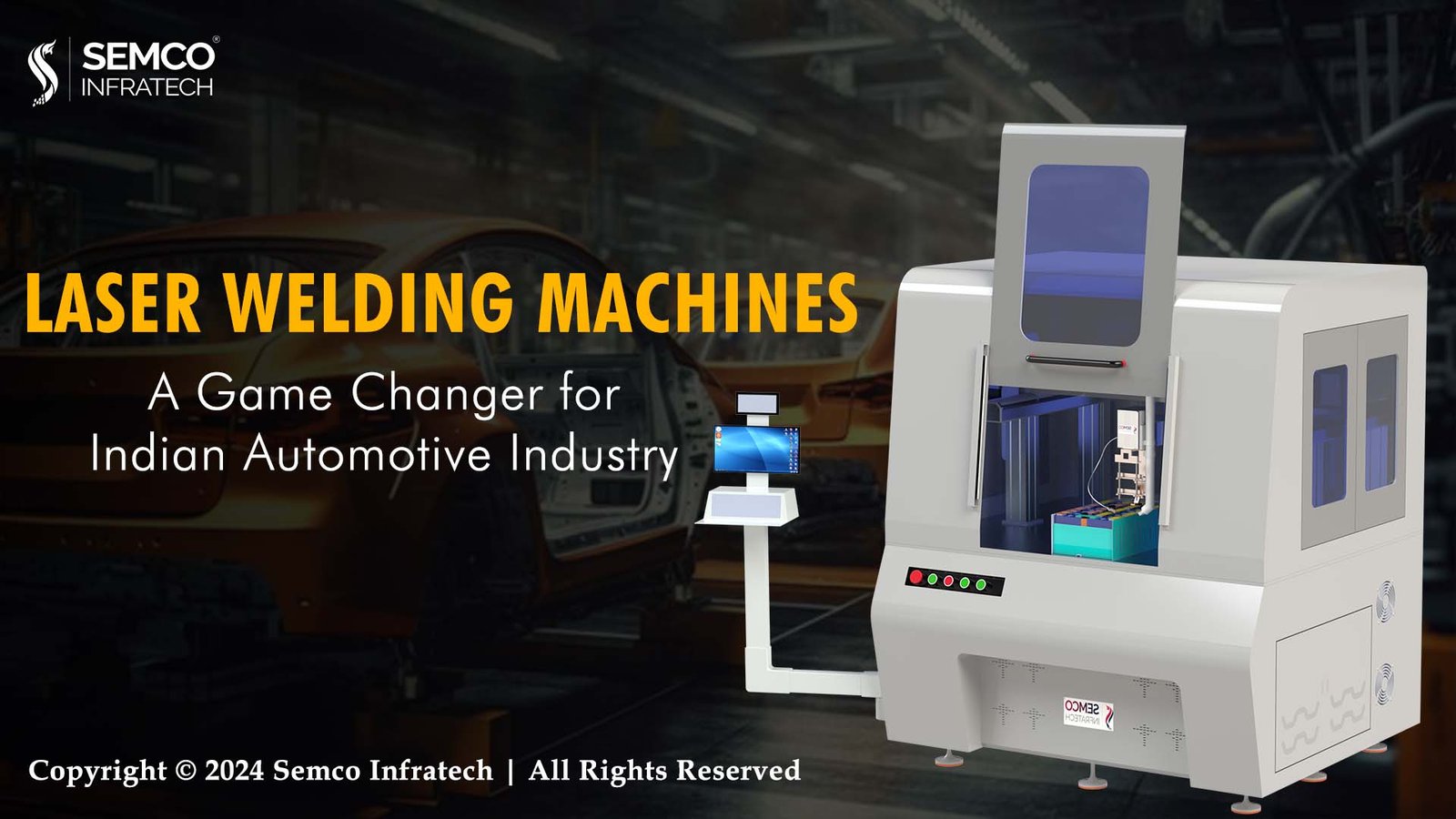Laser Welding: An In-Depth Look at Deep Welding Techniques
Laser welding is an essential and versatile technique widely used across industries such as manufacturing, automotive, aerospace, and electronics. This method has two primary types: continuous and pulsed, further classified into heat-conductive welding and laser deep melting welding. This article will delve into laser deep welding, discussing its principles, key factors, and advantages and disadvantages.
Principles of Laser Deep Welding
Laser deep welding employs a continuous laser beam to join materials, sharing similarities with electron beam welding in its metallurgical process. A critical aspect of this technique is the formation of a “keyhole” structure, essential for energy conversion. Here are the main stages of the laser deep welding process:

- Energy Absorption: The material’s ability to absorb laser energy varies based on its properties, including absorption rate, reflectivity, and thermal conductivity. Non-metallic materials like ceramics and plastics absorb laser energy well at room temperature, while metals exhibit low absorption rates until they melt or vaporize.
- High Energy Concentration: When exposed to a high-power laser, a small, vapor-filled hole forms, absorbing nearly all incident energy. The temperature within this cavity reaches around 2500°C.
- Molten Metal Formation: Heat transfer from the high-temperature cavity’s outer walls causes the surrounding metal to melt. As the wall material evaporates, vapor fills the hole, creating a molten metal layer around it.
- Continuous Flow: The molten metal flows outward, and surface tension maintains a dynamic balance with the cavity’s vapor pressure. As the laser moves, this molten “keyhole” structure follows, enabling high-speed welding at rates of several meters per minute.
Key Parameters Affecting Laser Deep Welding
Several factors influence the effectiveness of laser deep welding, including:-

- Laser Power: Higher laser power density enhances melting depth and welding speed.
- Beam Focal Spot Size: A smaller focal spot increases power density, affecting weld penetration.
- Material Absorption Rate: The absorption rate and surface condition impact laser energy absorption.
- Welding Speed: Adjusting the speed can control melt depth. Optimal speed varies by material, power, and thickness.
- Protective Gas: Inert gases like helium, argon, and nitrogen protect the molten pool, prevent oxidation, and disperse plasma.
- Lens Focal Length: The lens focal length affects power density and spot size, with shorter focal lengths producing smaller spots.
- Focus Position: The focal point’s position relative to the workpiece surface impacts weld width and depth.
- Laser Beam Position: Precise control of the laser beam’s position is crucial, particularly in butt joint welding.
- Gradual Power Control: Gradual power adjustments at the start and end of welding help avoid defects like pits and excessive melting.
Advantages and Disadvantages of Laser Deep Welding
Laser deep welding provides multiple benefits:

- High Depth-to-Width Ratio: Produces narrow, deep welds.
- Minimal Heat Input: Reduces thermal distortion and heat-affected zones.
- High Weld Density: Results in strong, high-quality welds with low impurities.
- Precise Control: Allows accurate beam positioning and is suitable for automation.
- Non-Contact Process: Welding occurs without physical contact, protecting the workpiece.
- Cost-Efficiency: High welding speeds and low operating costs improve overall efficiency.
However, laser deep welding also has some limitations:
- Limited Welding Depth: The technique has constraints on maximum weld depth.
- High Assembly Requirements: Accurate alignment and assembly of workpieces are necessary.
- High Initial Investment: Laser welding systems require a significant initial cost.
Conclusion
Laser deep welding is a powerful and adaptable welding technique valued for its ability to produce deep, high-quality welds with minimal heat input and precise control. Although initial costs and depth limitations exist, its benefits often outweigh these drawbacks, making laser deep welding a valuable tool in modern manufacturing and fabrication.






